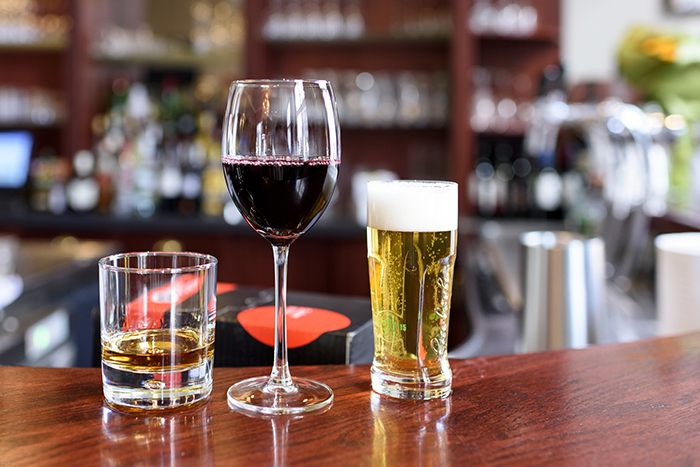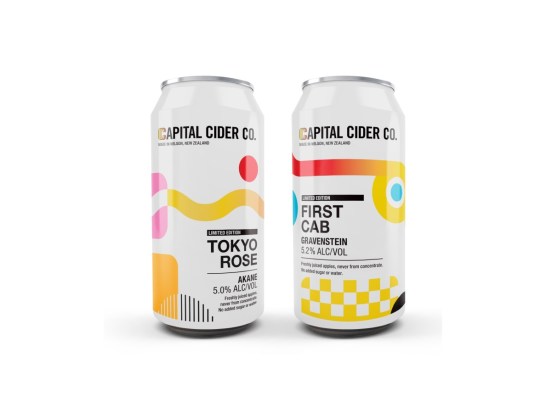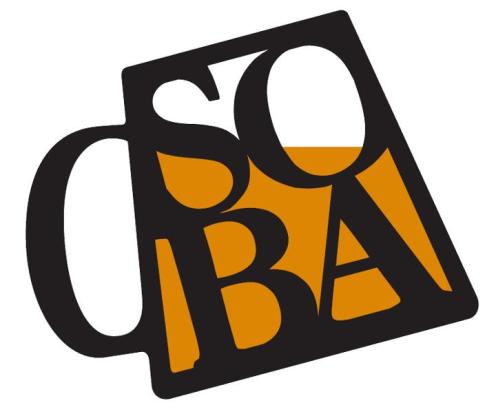Though worldwide beverage alcohol volume increased slightly in 2019, reversing declines from the year prior, IWSR is reporting that it will likely be five years before the global industry rebounds from the ongoing COVID-19 crisis.
According to their latest report, total global alcohol consumption, led by increases in beer and ready-to-drink products, grew by +0.1% in volume and +3.6% in value in 2019. However, losses incurred in the months-long near complete shutdown of bars and restaurants across the world this year, has not been offset by upticks of beverage alcohol sales in retail and ecommerce channels.
IWSR expects this to lead to double-digit declines in 2020, and estimates it will take until 2024 to reach 2019 pre- COVID-19 levels.
“While we’re still assessing the full impact of the current COVID-19 situation, it’s very clear that the pandemic is set to cause a deeper and more long-lasting after-effect to the global drinks industry than anything we’ve experienced before,” says Mark Meek, CEO of IWSR.
“Even the downturn following the 2008 financial crisis was less severe than what we are seeing now,” says Mark Meek, CEO of IWSR. “In many ways, 2019 was perhaps the last ‘normal’ year for the drinks industry.”
As restrictions ease, IWSR says long term recovery is expected to be slower than the initial bounceback – driving a “Nike Swoosh” rebound shape.
Beer
Globally, beer grew in both volume and value in 2019, led particularly by increases in non-alcoholic beer. Though the beer category has taken a hit in 2020, the category is expected to reach 2019 volumes by 2024, rebounding better than wine and spirits.
Wine
The long-term global decreases in wine consumption continued in 2019. In the key consuming region of North West Europe, wine volumes have been slowing in recent years, and in the US, wine consumption last year declined for the first time in 25 years. One bright spot in the category, however, is sparkling wine, which is forecasted to rebound stronger than still wine by 2024, as consumers increasingly shift to year-round consumption of these products.
Spirits
Steep volume losses in baijiu are the main contributor to an overall drop in global spirits volume consumption in 2019. However, excluding baijiu, the spirits market grew +1.0% in 2019 vs 2018 by volume, and should recover to 2019 volumes by 2024. Even though volume consumption of baijiu declined in 2019, its value in China is still greater than the value of the entire spirits market outside of the Asia Pacific region.
Amongst traditional spirits categories, gin was the fastest growing in 2019, but that growth has slowed somewhat as consumers are beginning to show signs of “gin fatigue,” especially in some European markets.
RTDs
For the third consecutive year, RTD products in 2019 were the fastest growing beverage alcohol category. Even though RTDs only represent a small slice of beverage alcohol market share, they contributed more than double the value growth to the industry than wine in 2019.
“Like many other industries, it’s incredible how a few months of lockdown will result in several years of recovery, but beverage alcohol has proven to be remarkably resilient in previous downturns, and this should be no different,” says Meek.
“A strong focus on innovation, premiumisation, and new routes to market such as ecommerce, are all factors which will help contribute to the industry’s rebound and future growth.”
Did you know?
There are 6 ways you can catch up with The Shout NZ?
Our monthly print magazine. Subscribe here.
Online, updated daily with its own completely unique content and breaking news.
Our fortnightly newsletter – free to your inbox! Subscribe here.
Our digital magazines – the latest issues are online now, here and here.
We are also on Facebook and Instagram!





